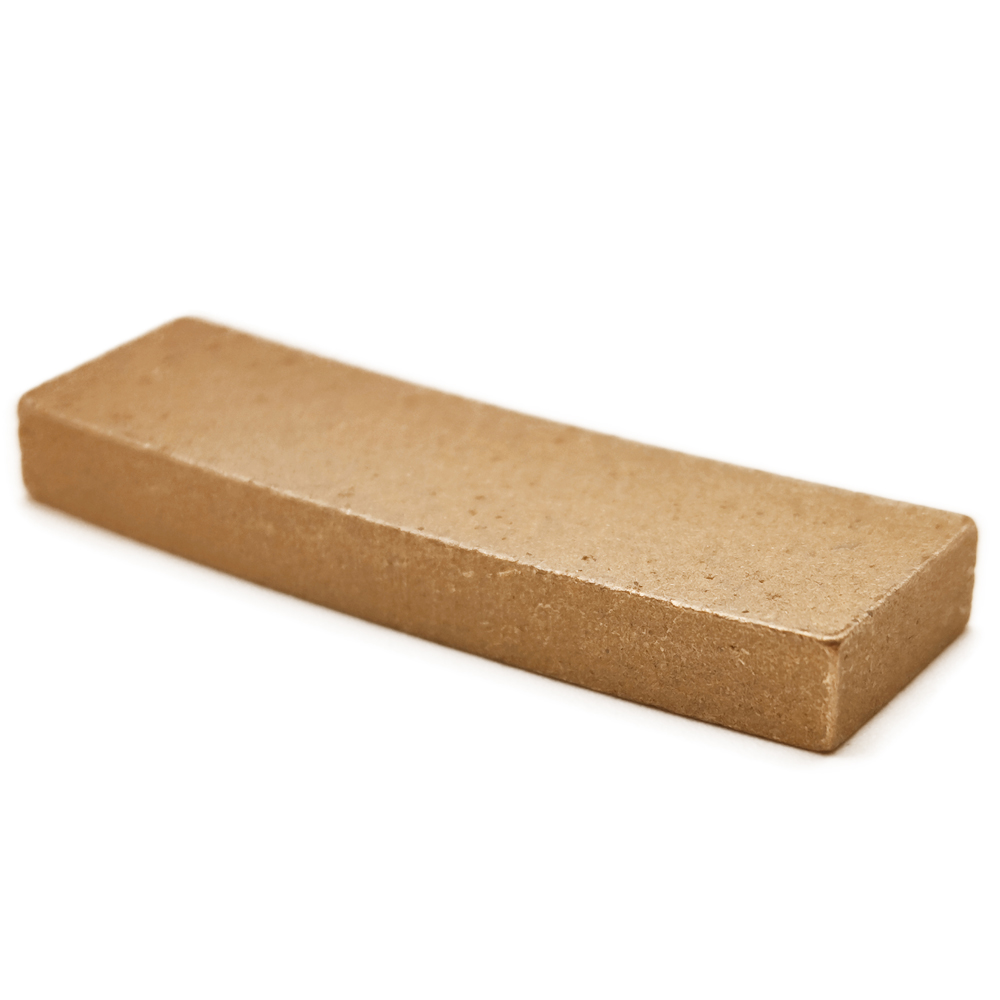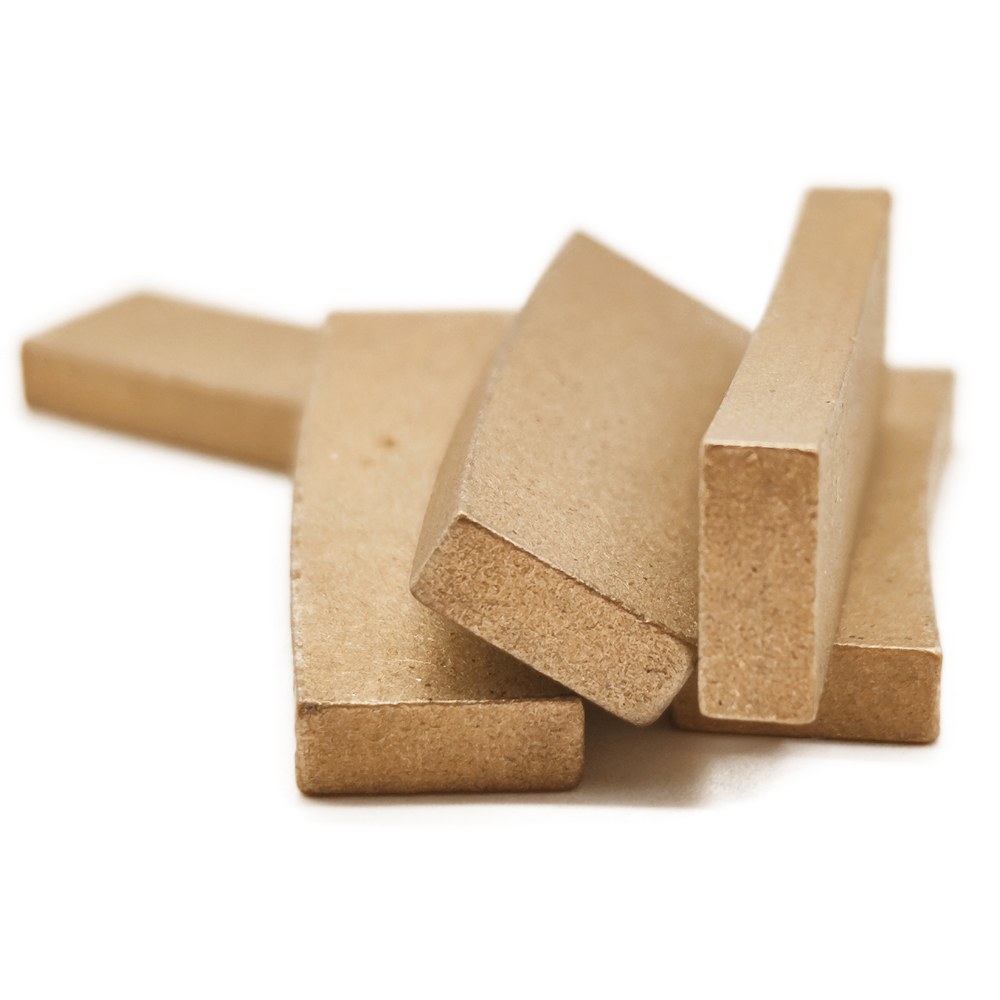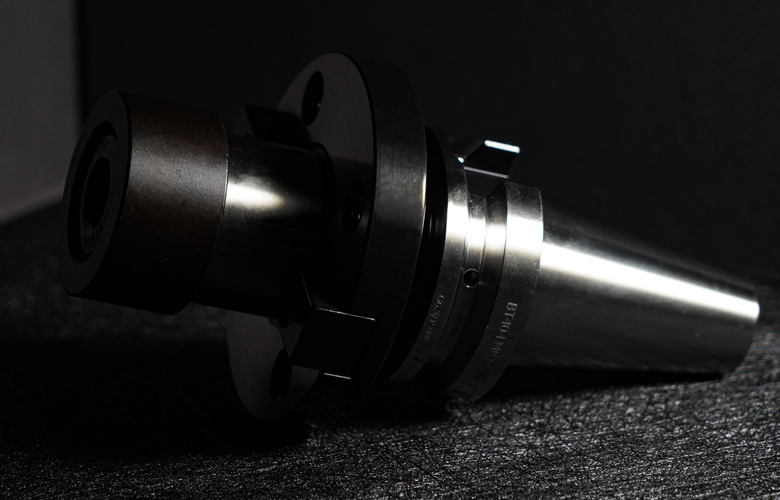The diamond segment is made of diamond powder and diamond sintered at a certain temperature. In the long-term test process, people found that the continuously adjusted sintering temperature can greatly change the wear resistance of the diamond segment, that is, its service life. In this article, by testing an iron-based segment independently developed by Linsing, according to the change of wear resistance caused by the change of sintering temperature, the influence of sintering temperature on the wear resistance of diamond segment is summarized. Stage 1. Continue to heat up. Below 800 degrees Celsius, the wear resistance of the segment does not change much. Through a large number of tests, the temperature was tested at five temperatures of 720°C, 745°C, 765°C, 780°C, and 795°C, and it was found that the wear resistance of the carcass was maintained at about 80%.
Stage 1. Continue to heat up. Below 800 degrees Celsius, the wear resistance of the segment does not change much. Through a large number of tests, the temperature was tested at five temperatures of 720°C, 745°C, 765°C, 780°C, and 795°C, and it was found that the wear resistance of the carcass was maintained at about 80%.
During the test, it shows that this stage belongs to the low-temperature sintering stage. Most of the alloys of iron-based segments have not yet formed crystals, or the crystal material has not been completely densified, and this stage belongs to the stage where the cutter head is not fully sintered, which is caused by the fact that the liquid phase sintering process has not yet appeared.
Stage 2. When the temperature reaches 800°C, during the continuous heating process, it is found that the wear resistance of the segment increases significantly, until 815°C, the wear resistance of the carcass rapidly increases to the highest 92%.
During the test, it shows that the segment has begun to fully sinter at this stage. The metal alloy in the iron-based segment is formed on a large scale, and the crystal material also undergoes a very densified process. And in this process, part of the low-melting point metal is obviously liquefied, and the liquid phase sintering also increases the density of the matrix binder.
Stage 3. When the temperature continues to rise and the sintering temperature rises from 815℃ to 845℃, it will be found that the wear resistance of the diamond matrix begins to decline continuously. Among them, when it reaches 845℃, the wear resistance of the segment decreases to about 85%. At this time, it will be found that some of the segments have flow.
During this test, the segment has been fully sintered, but due to the continuous increase in temperature, some liquid-phase sintered metals may flow or even precipitate. At this time, the metal bond cannot be fully utilized. And the loss of these metals will lead to problems with the ratio of diamond segments, so there will be a problem of decreased density. The decrease in density will directly lead to a decrease in the cutting life of the saw blade, and the cutting performance is not as good as that of the diamond segment produced at the sintering temperature of 815℃.
Stage 4. When the temperature continues to rise, for example, the sintering temperature rises from 845℃ to 885℃, it will be found that the wear resistance of the diamond segment begins to increase again, and continues to climb to 89%, and the densification of the segment material is more obvious.
The fourth stage shows that the segment at this stage has been fully sintered, and the metal powder is completely and fully solid-phase sintered and liquid-phase sintered, and the sintering ability is extremely strong. But there is a very serious problem: diamond will start to oxidize at such a high temperature, and the cutting ability of graphitized diamond will decrease. Although the wear resistance of the carcass is improved, the cutting efficiency and cutting life of the diamond are reduced. Therefore, in the actual use process, the lifespan and cutting efficiency of the segment sintered at this temperature range are not as good as those sintered at 815℃ in the second stage. All in all, during the sintering process of the diamond segment, it is necessary to find a point where both the diamond and the metal bond can fully perform. Through continuous testing, it is the purpose of all tests to maximize the life and efficiency of the segment.
All in all, during the sintering process of the diamond segment, it is necessary to find a point where both the diamond and the metal bond can fully perform. Through continuous testing, it is the purpose of all tests to maximize the life and efficiency of the segment.

Effect of sintering temperature on wear resistance of diamond segments
Publish date:2023-02-20 09:20:46 Article From:LINSING diamond tools Clicks:






